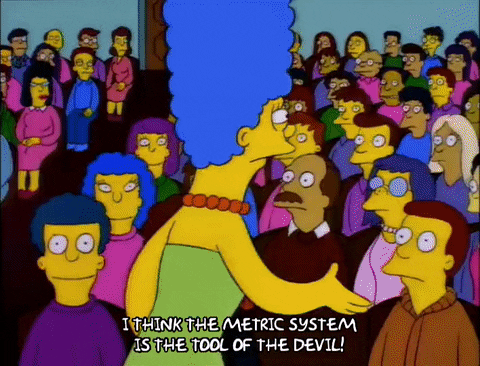I had the good fortune of attending the 2022 Food Waste Solutions Summit hosted by ReFED last month. I’ve thought a lot about that experience since attending because I learned so much and because of the profound challenge of eliminating food waste. This is far from a summary of the Food Waste Solutions Summit, but I hope you’ll read ReFED’s recap.
What stood out to me, and what I’ve been thinking about ever since I left the summit, was one point made in a breakout session I attended on packaging. The specific part of the discussion was about the importance of using your buying power to drive change in markets, and one speaker mentioned that the concept of using your buying power only comes with privilege. In other words, most of the world doesn’t have a choice because they are either not consumers at all or they are just trying to get by. Having the choice to buy organic, fair trade, innovative, etc. too often comes with either limited availability or increased price tags.
What does it mean to use your buying power, really? For many global citizens, it means that when we go to the store or go online we can choose from millions of products. When we are making those choices, we can think about form and function, aesthetics, where the product was made, sustainability and, of course, cost. Having all those choices can make purchasing difficult and cause decision fatigue, but it can also speak volumes about our values and priorities.
A large percentage of the world’s population live in circumstances where they are either not consumers or don’t have a real choice when making purchases. Nearly 10 percent are living on less than $2 per day, a similar number face food insecurity (seems like an undercount to me), and nearly half the world’s population is below middle class, sometimes defined as the consumer class. Add that to the large percentage of people in the consumer class who still don’t have enough spending power to make choices between multiple options of the same product, and you can quickly see how the idea of “using your buying power” breaks down. These metrics are important because they tell us that using your buying power is, in fact, a privilege that many folks simply don’t have.
What does that mean for those of us working to build circularity? Allow me to climb up on my Abe Simpson soapbox for a moment to give my two cents.

First and foremost, equity should be at the center of everything we do in circularity. If we are willing to design our future that ignores more than half the world’s population, we are missing the point. I don’t want to argue that all the products and services we design should be available to everyone on the planet, but I will argue that those same products and services should not create additional burden for the folks who won’t have a chance to use them. There are countless examples of the negative effects of our current economy playing out in real life. To call out a few, there’s Cancer Alley, e-waste mountains and remote beaches full of plastic waste.
We can also see that the system should be designed through the lens of staying within planetary boundaries while also bringing the global poor out of poverty. This is the ideal future state made famous by Kate Raworth in “Doughnut Economics,” but it is highly relevant to the circular economy and also speaks to the enormous opportunity to innovate and collaborate. A well-designed circular future will create opportunity by decoupling growth from extraction and expanding sectors on the margins (such as the informal waste collection and handling economy that is often exploited in our current system).
Last, I think it puts the onus on both private and public enterprises to build circularity because it is important and the right thing to do, not just because our consumer demographics and surveys tell us people want it. The change needs to come from a combination of incentives, regulations and companies choosing this future as a means of mitigating risk and keeping their license to operate. If roughly half the global population has no voice when it comes to consumer choices and a large percentage of the rest aren’t financially secure enough to make those purchasing choices based on values, then we are left with a small sliver that can use buying power to speak their values.
In summary, please use your buying power if you have it. If you are fortunate enough to be building circularity at your company or organization, though, don’t rely on it as a panacea that can guide our journey towards better outcomes.
The post "'Using your buying power' isn't enough" appeared first on Green Biz







0 Comments